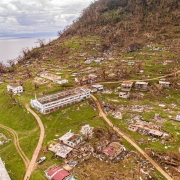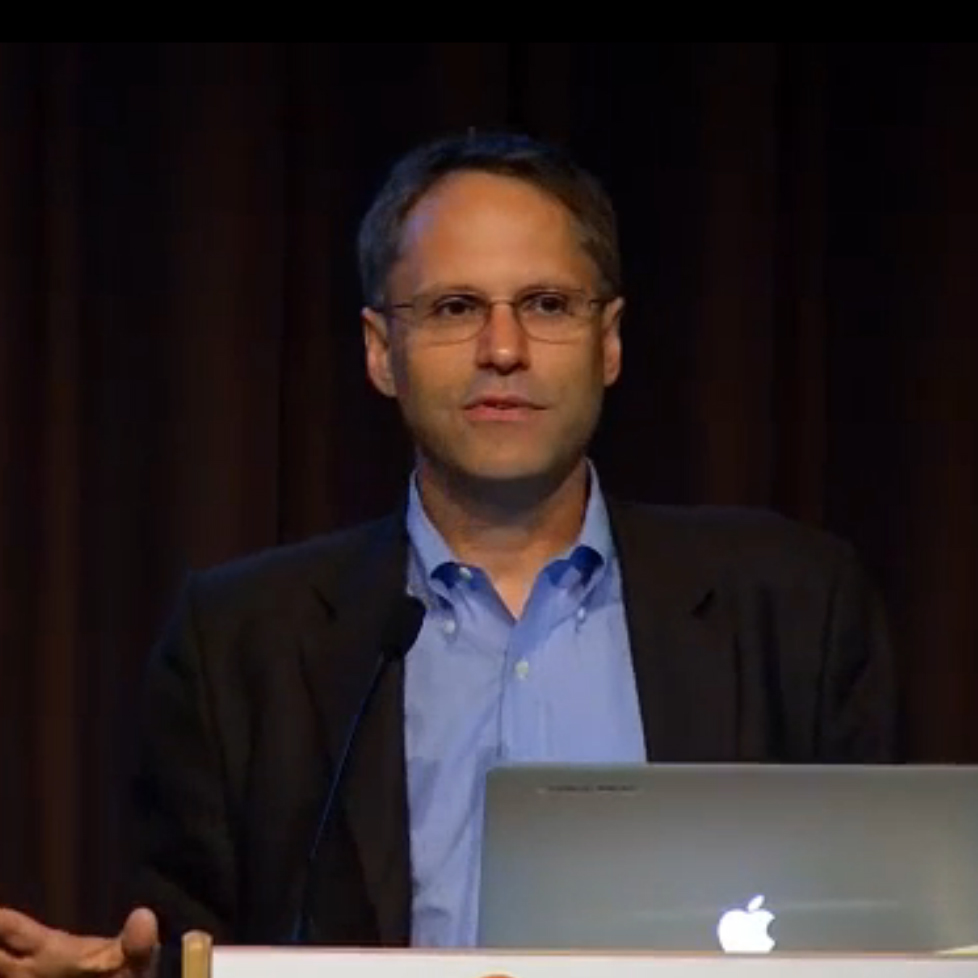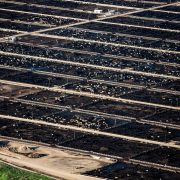USGS Report: California Freshwater Withdrawals Are Lowest Since 1960s
Californians are taking less water out of rivers, lakes, and aquifers.
California is adding people and growing its economy while taking less fresh water out of rivers, lakes, and aquifers than at any time in the last 45 years, according to U.S. Geological Survey data released Wednesday.
California withdrew 38 billion gallons of salty and fresh water per day in 2010 to grow food, cool power plants, and make a healthy, sanitary urban life possible. Of the 38 billion gallons — a 17 percent decrease from 2005 — roughly 31 billion gallons came from freshwater sources, the lowest tally since 1965.
While water use has declined, growth is occurring elsewhere. In the last half-century, the state’s population more than doubled, to 38 million, and its economy now ranks eighth in the world, producing more than $US 2 trillion of goods and services.
The water withdrawal data come from the U.S. Geological Survey’s state-by-state review of the nation’s water practices. A new report is released every five years, and the most recent survey reflects data from 2010.
The national figures will be released later this year, but because of a historic drought, the USGS decided to publish the California data ahead of the official report.
“The drought was the driving force in the decision,” said Justin Brandt, a geophysicist at the USGS California Water Science Center who helped analyze the numbers.
“We wanted to get the data out so that the public and the media can use it,” Brandt told Circle of Blue. “The sooner we can get the data out the better.”
The Numbers
The data show California’s water withdrawals by category and county.
The thermoelectric power sector was responsible for the largest decline, cutting withdrawals from 12.6 billion gallons per day in 2005 to 6.6 billion in 2010. Power plants today are using less water to cool equipment and some water-hogging facilities shut down, Brandt explained. Most power plants in California draw water from the ocean, so the decline represents a cut in salt water withdrawals.
Irrigation is the largest slice of California’s water pie, accounting for 61 percent of all withdrawals in 2010 and 74 percent of freshwater withdrawals.
The counties with the highest-volume water withdrawals are in the Central Valley, because of farm irrigation, and in Southern California, because of large clusters of people. Los Angeles County and San Diego County, home to one-third of the state’s population, rank first and second in total withdrawals.
The numbers appear precise, but many are a well-reasoned estimate. The only two categories that are measured directly are public supply, which is the water delivered to homes and businesses, and thermoelectric power.
All other categories are calculated using indirect methods. For irrigation, which has one of the largest uncertainties, researchers use U.S. Department of Agriculture acreage and production figures, which are then multiplied by an estimate of how much water a crop requires.
Freshwater withdrawals in California, which uses more water than any state, peaked in 1980 at 44 billion gallons per day, the same year that total water withdrawals reached a record high of 54 billion gallons per day.
Brett writes about agriculture, energy, infrastructure, and the politics and economics of water in the United States. He also writes the Federal Water Tap, Circle of Blue’s weekly digest of U.S. government water news. He is the winner of two Society of Environmental Journalists reporting awards, one of the top honors in American environmental journalism: first place for explanatory reporting for a series on septic system pollution in the United States(2016) and third place for beat reporting in a small market (2014). He received the Sierra Club’s Distinguished Service Award in 2018. Brett lives in Seattle, where he hikes the mountains and bakes pies. Contact Brett Walton










I find it strange that the ocean water used to cool power plants, is included in these numbers. The vapor that is emitted from cooling towers is the beginning of the same water cycle that one experiences as oceans create clouds and weather. In fact, evaporation from California agriculture was shown to help subsidize the water cycle needed by other regions of the country, which was also covered by the writer, in this piece.
http://99.198.125.162/~circl731/2013/world/report-evaporation-from-california-irrigation-adds-enough-water-to-colorado-river-to-supply-3-million-people/
Power plant use of ocean water for cooling and the generation of both power and much needed water vapor, has a positive effect on the water balance equation. The decrease in ocean water “use” should be treated as a negative.
The way this number is reported, tricks the data user (and headline reader) into thinking that California conservation of other water supplies, is already improving, and it is not.
As you mentioned, “The only two categories that are measured directly are public supply, which is the water delivered to homes and businesses, and thermoelectric power.” The CA state legislation recently passed, meters groundwater use for the first time (if my memory is correct). Since CA groundwater makes up 40% of California?s water supply, in an average year, and up to 60 percent or more during droughts, this data is less than valuable.
Brad, the data, as you point out, are not perfect. There is a lot of indirect accounting and reverse engineering of end products, namely agriculture. But just because perfect knowledge is not available does not mean the numbers are worthless. They give a basic outline of what is going on, which according to this data set is a state where freshwater withdrawals, as well as total withdrawals, are decreasing.
Because they take so long to tally, these numbers are out of date before publication, so they do not reflect conditions during the current drought. They do, however, suggest a state being more efficient and sparing with its water, as measured by the USGS methods.